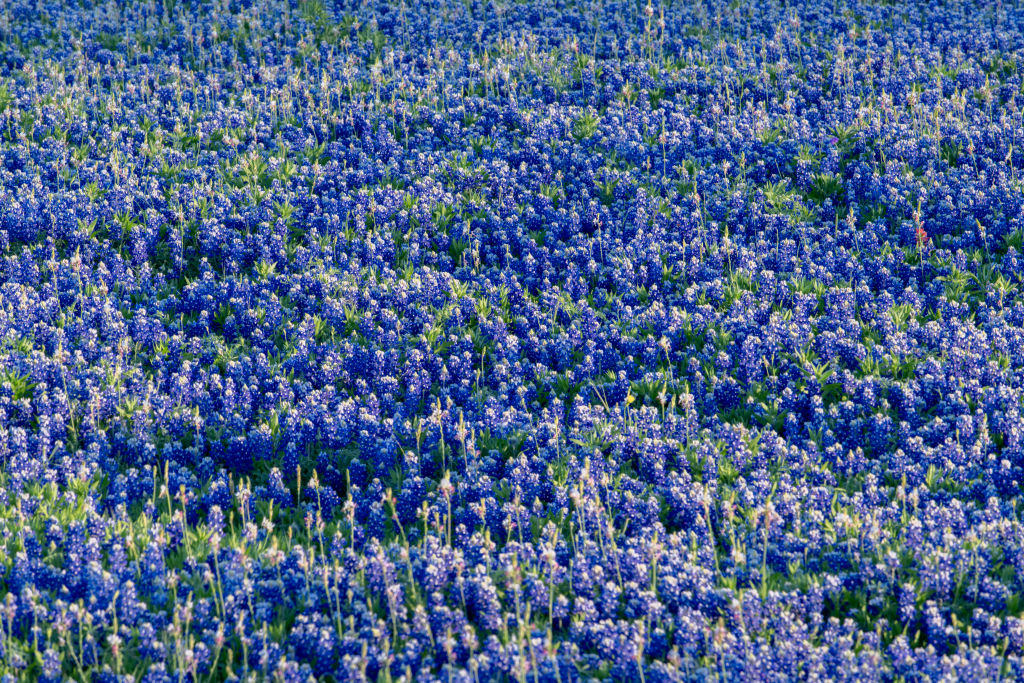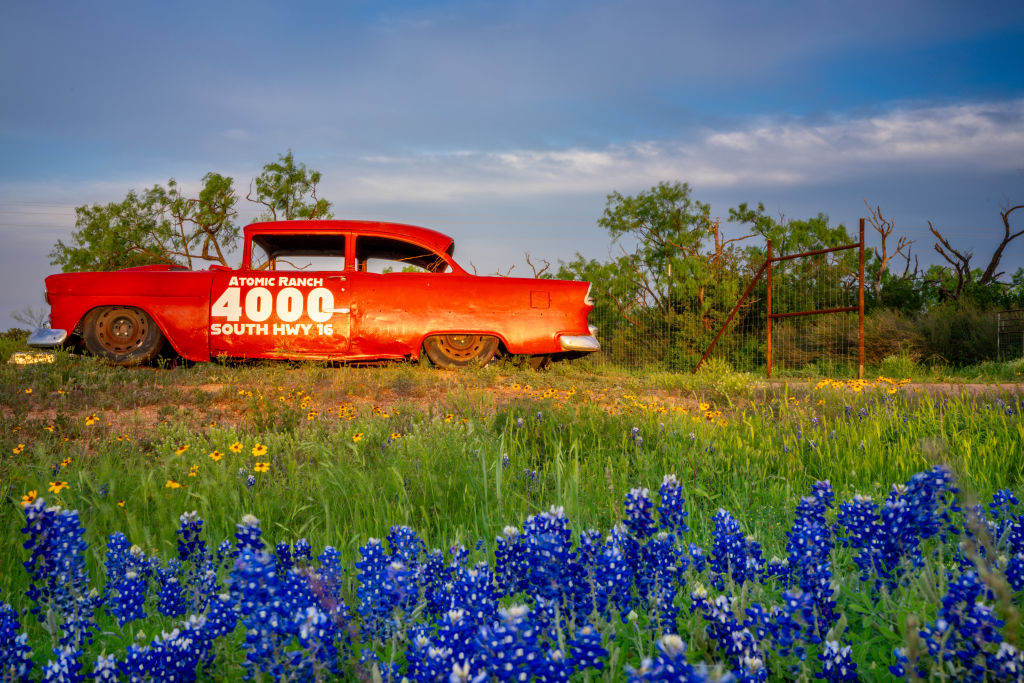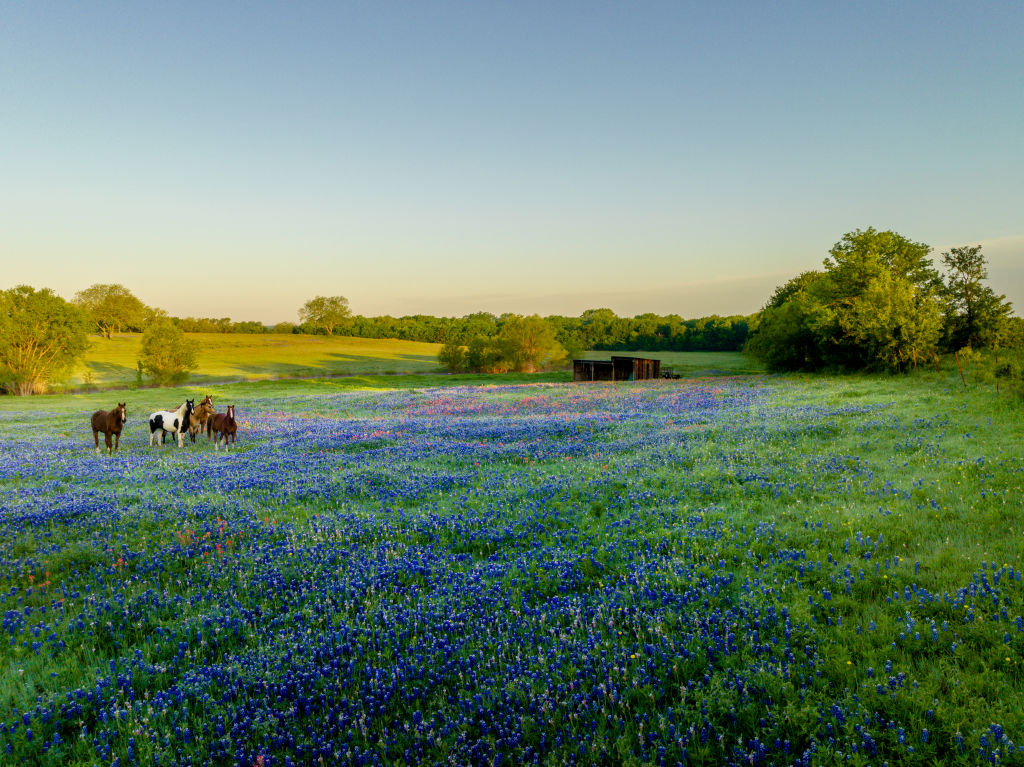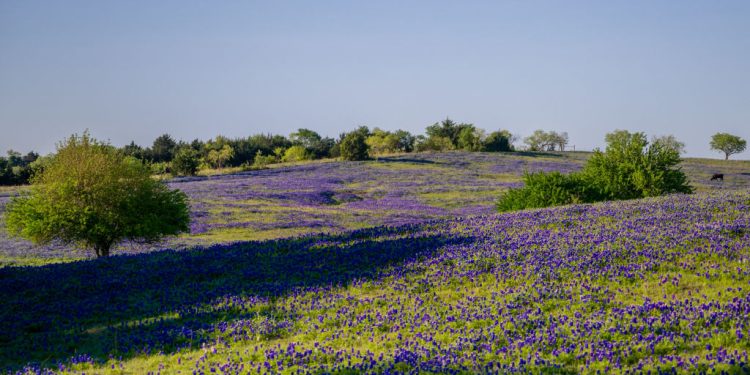
The Bluebonnets: Texas’ Beloved National Flower
Texas, renowned for its vast landscapes and rich cultural heritage, is also home to one of the most iconic symbols of its natural beauty: the bluebonnet. Designated as the state flower of Texas, the bluebonnet holds a special place in the hearts of Texans and visitors alike. This vibrant wildflower, with its striking blue petals and unique history, paints the Texan countryside in hues of blue each spring, creating a breathtaking spectacle that has inspired countless photographers, artists, and nature enthusiasts.
A Brief History of the Bluebonnet
The bluebonnet (Lupinus texensis) was designated as the state flower of Texas in 1901. The decision was not without controversy, as other flowers like the cotton boll and the cactus flower were also in the running. However, the bluebonnet won out, thanks to its beauty and the advocacy of the National Society of Colonial Dames of America in Texas.
The name “bluebonnet” is believed to have originated from the flower’s resemblance to the bonnets worn by pioneer women to shield themselves from the sun. Its scientific name, Lupinus texensis, reflects its prominence in the Texas landscape.
Characteristics and Growth
Bluebonnets are hardy plants that thrive in Texas’s diverse climates, from the arid west to the humid east. They typically bloom from late March to early May, transforming fields and roadsides into carpets of blue. Each flower is composed of clusters of tiny blue petals with a white tip, standing atop a green stem.
Bluebonnets are members of the legume family, which means they can fix nitrogen from the air into the soil, enriching it and supporting other plant life. This ecological benefit makes them not only beautiful but also important for maintaining healthy ecosystems.

Cultural Significance
The bluebonnet holds a revered place in Texan culture. Every spring, families embark on road trips to witness and photograph the sea of blue that blankets the state. This tradition, often referred to as “bluebonnet season,” is a celebrated event that showcases the natural beauty of Texas.
Artists and poets have long been inspired by bluebonnets. The renowned artist Julian Onderdonk, often called the “Father of Texas Painting,” created numerous landscapes featuring these iconic flowers. His works have immortalized the bluebonnet’s beauty and contributed to its cultural legacy.
Conservation Efforts
The popularity of bluebonnets has led to concerted conservation efforts to ensure their proliferation. The Texas Department of Transportation (TxDOT) plays a significant role in these efforts by planting bluebonnet seeds along highways and roadsides. This practice not only enhances the scenic beauty of the state but also supports local wildlife and promotes biodiversity.
Additionally, numerous organizations and community groups are dedicated to preserving bluebonnet habitats. These efforts include educating the public on the importance of not picking the flowers, as doing so can hinder their ability to reseed and bloom the following year.

Enjoying Bluebonnet Season
For those looking to experience the magic of bluebonnet season, there are several prime locations across Texas. The Hill Country, particularly around the towns of Fredericksburg, Llano, and Burnet, is famous for its bluebonnet displays. The Lady Bird Johnson Wildflower Center in Austin is another excellent destination for seeing these flowers in full bloom.
Visitors are encouraged to take photos and enjoy the flowers responsibly, adhering to guidelines to protect the natural environment. Staying on marked paths, avoiding trampling the flowers, and not picking them ensures that future generations can also experience the wonder of Texas bluebonnets.
Conclusion
The bluebonnet is more than just a flower; it is a symbol of Texas’ natural beauty and cultural heritage. Its vibrant blue petals have captured the hearts of generations and continue to be a source of pride and joy for the state. As Texans and nature lovers alike celebrate bluebonnet season each year, they are reminded of the enduring beauty and ecological importance of this beloved wildflower.
Sources
-
- Texas State Library and Archives Commission. “Connally Letter on Bluebonnets” Accessed July 27, 2024. https://www.tsl.texas.gov/ref/abouttx/bluebonnet.html
- Texas Department of Transportation. “Blooming bluebonnets: How TxDOT keeps roadside flowers flourishing.” Accessed July 27, 2024. https://www.txdot.gov/inside-txdot/division/maintenance/wildflower-program/bluebonnet.html
- Lady Bird Johnson Wildflower Center. “Bluebonnets.” Accessed July 27, 2024. https://www.wildflower.org/plants/result.php?id_plant=LUTE
- “Texas State Flower: The Bluebonnet & The Amazing Story Behind It” December 6, 2020 by Lyman. https://texasproud.com/texas-state-flower-bluebonnet/






